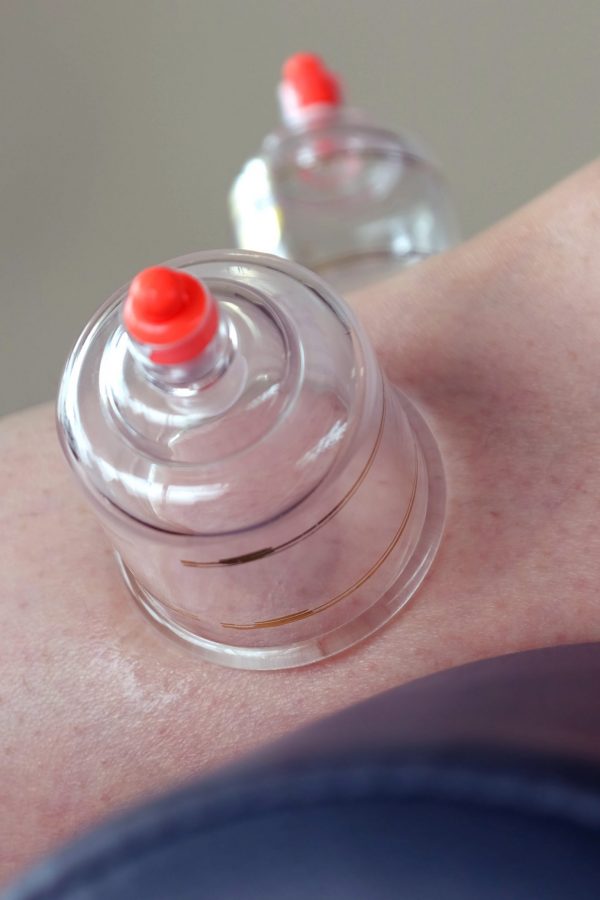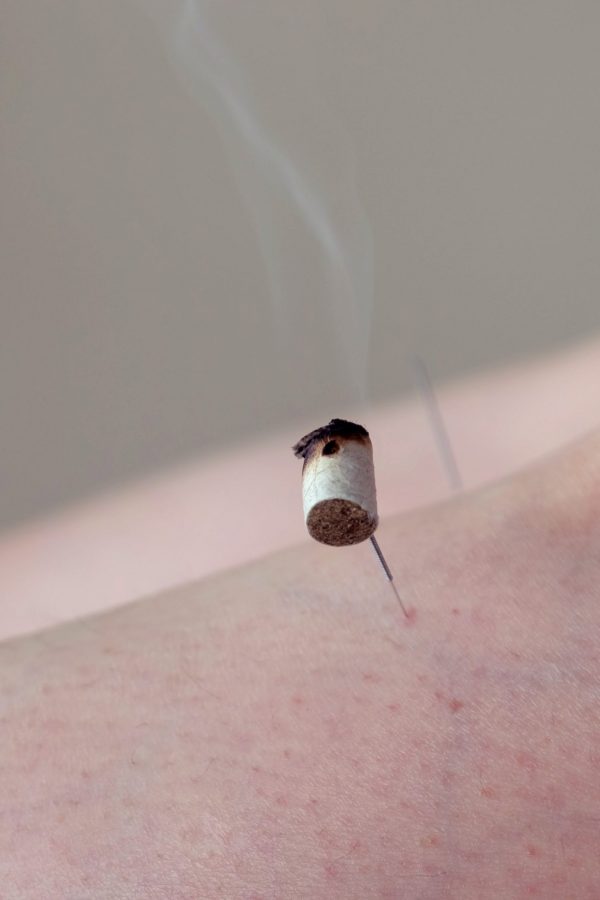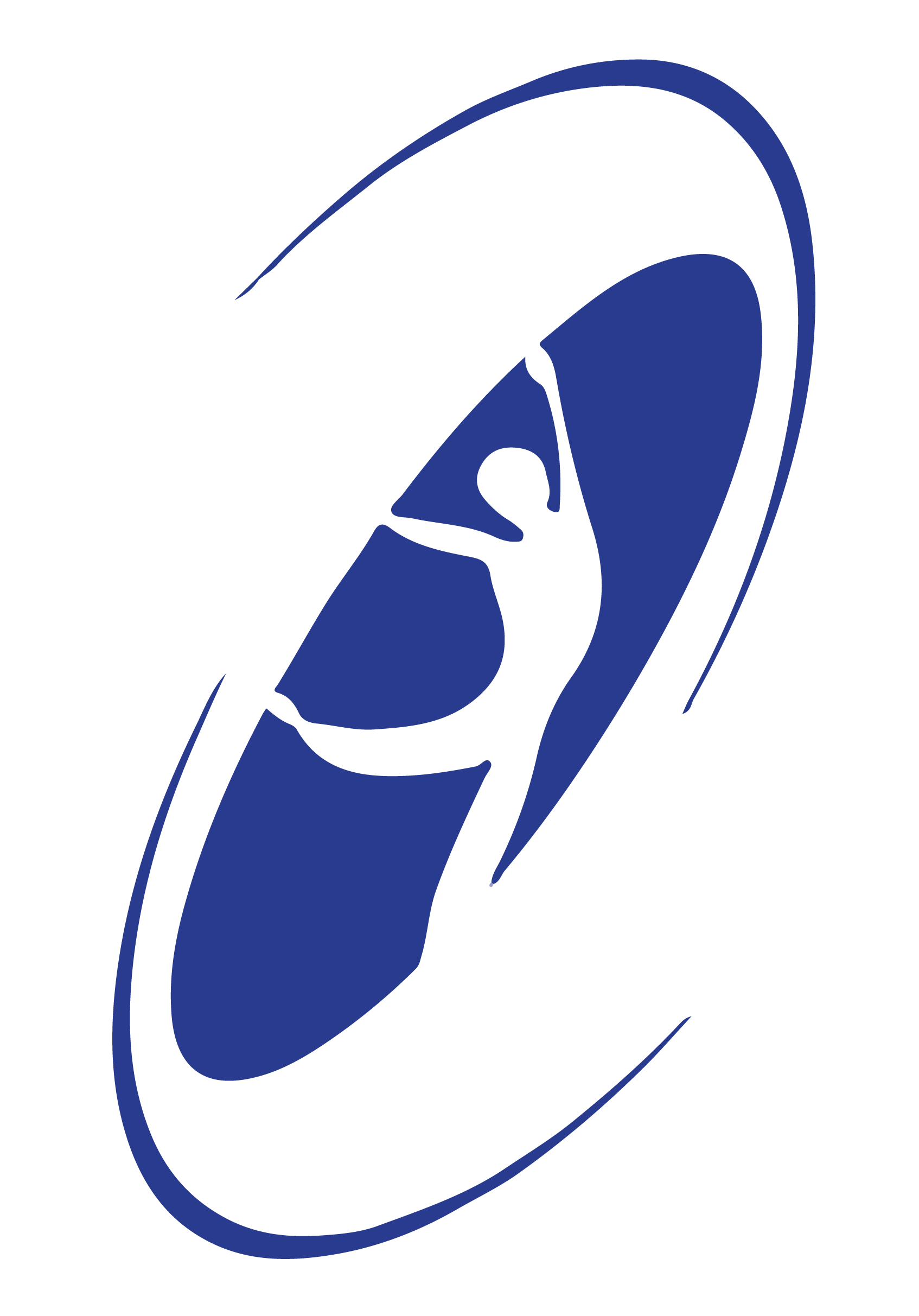how does acupuncture work?
Conventional Western medical sciences still cannot fully explain how acupuncture works. Research conducted in China, Japan, Europe and North America has indicated that acupuncture works from a combination of the nervous system and other body systems . When a needle is inserted into the body, it stimulates the nervous system – this reaction fixes the body’s imbalance. Additional research has also detected chemical changes in a patient’s body after acupuncture treatment.
From the eastern perspective, traditional Chinese acupuncture is based on ancient Chinese theories of the Qi flow (human energy) and Xue flow (blood) through distinct meridians or pathways withing the body – somewhat like the nerves and blood vessels do. According ancient theory, acupuncture allows Qi to flow into deficient areas away from areas of excess. In this way, acupuncture regulates and restores the harmonious energetic balance of the body.
In Chinese, there is a saying, “There is no pain if there is a free flow of Qi and blood; if there is pain somewhere, that’s because Qi and blood flow are blocked there.”
acupuncture process
Acupuncture is the insertion of thin, metal needles to stimulate specific points of the body that reach meridians. These stimulation points are called acupuncture points or acupoints. Traditional Chinese medicine holds that there are 365 commonly used acupuncture points on 20 meridians on the human body.
Typically, it takes 15 to 30 minutes of manipulating the needles in these acupuncture points and 30 to 60 minutes of retaining the needles. By doing so, it regulates the flow of qi throughout the body and restore health to the mind and body, thus balancing the yin and yang. The insertions of needles are manipulated either by the hand or by electrical stimulation, called electroacupuncture.
traditional chinese medicine (TCM) acupuncture practice in Ontario
Only registered members of the College of Traditional Chinese Medicine Practitioners and Acupuncturists of Ontario are allowed to use the protected title(s) of “Traditional Chinese Medicine Practitioner” and/or “Acupuncturist”, and the designation(s) of “R. TCMP” and/or “R. Ac”; and perform the following acts:
1 Performing a procedure on tissue below the dermis and below the surface of a mucous membrane for the purpose of performing acupuncture.
2 Communicating a TCM diagnosis identifying a body system disorder as the cause of a person’s symptoms using TCM techniques.
other TCM practices
CUPPING
Cupping is a therapy that involves the suction of the skin and the surface muscle layer to be stretched and drawn into a cup. It encourages the body’s blood flow and treats conditions such as acute or chronic pains, respiratory problems and musculoskeletal problems.
The two most common types of dry cupping are fire cupping and suction cupping.
With fire cupping, the glass cup interior is heated with fire, then placed onto the skin. As the air inside the cup cools, a vacuum is created, causing the skin and muscle layer to rise and redden. With suction cupping, a plastic or silicone cup with valves at the top attaching to hand pumps, are placed on the skin. They are then pumped to remove the air, thereby creating suction. The cups in both methods are to be left on the patient’s skin for 2 to 10 minutes.
With wet cupping, the skin is punctured by sterile needles before either the fire cups or suction cups are placed on the skin. This technique draws out the blood, thus removing harmful substances and toxins from the body. The cups are to be left on the patient’s skin for 2 to 10 minutes.

MOXIBUSTION
Moxibustion is a form of heat therapy where mugwort, an herb, is burned on skin (direct moxibustion) or near skin (indirect moxibustion). Moxibustion heats acupuncture points to stimulate the flow of qi and to strengthen the blood.
There are two types of direct moxibustion: scarring and non-scarring.
In the scarring procedure, the moxa is placed on an acupuncture point, lit, and left on the skin until it burns out. In the non-scarring procedure, the moxa is placed on an acupuncture point, lit, but extinguished before it burns the skin.
There are several forms of indirect moxibustion. One method is to light one end of a moxa stick and to hold it close to the acupuncture point for a few minutes until the area turns red. As another method, a needle is inserted into an acupuncture point and retained. The tip of the needle is then wrapped in moxa and burned, generating heat to the acupuncture point and its surrounding area. The moxa is then extinguished and the needle is removed.

